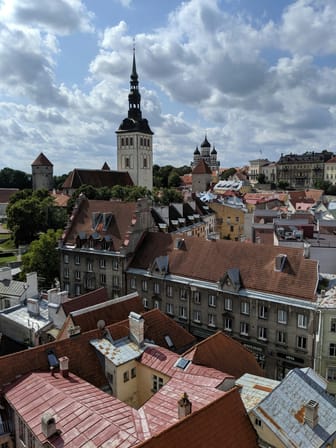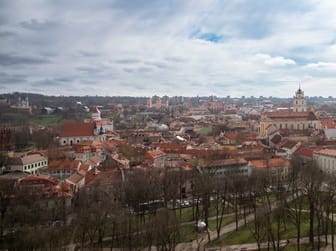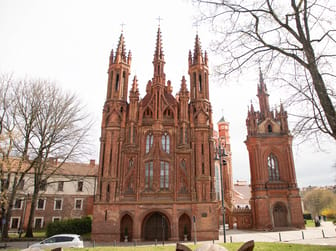The New Arsenal of National Museum of Lithuania
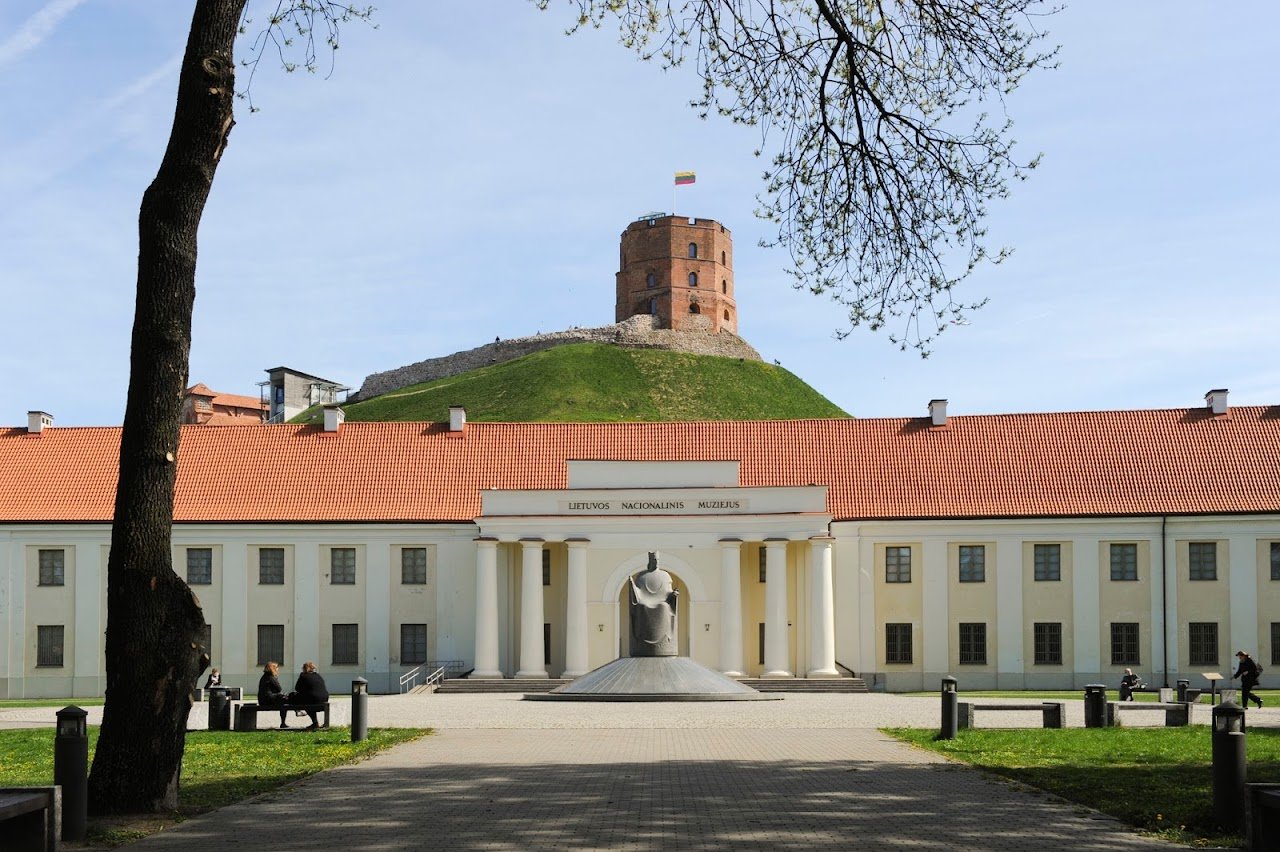
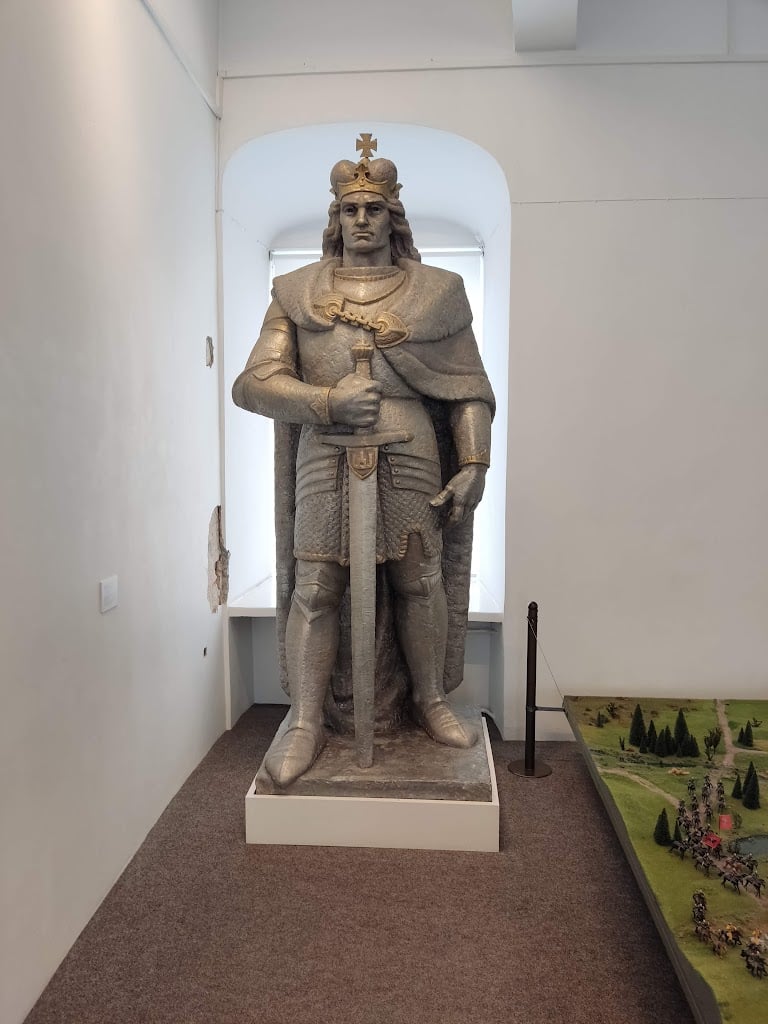

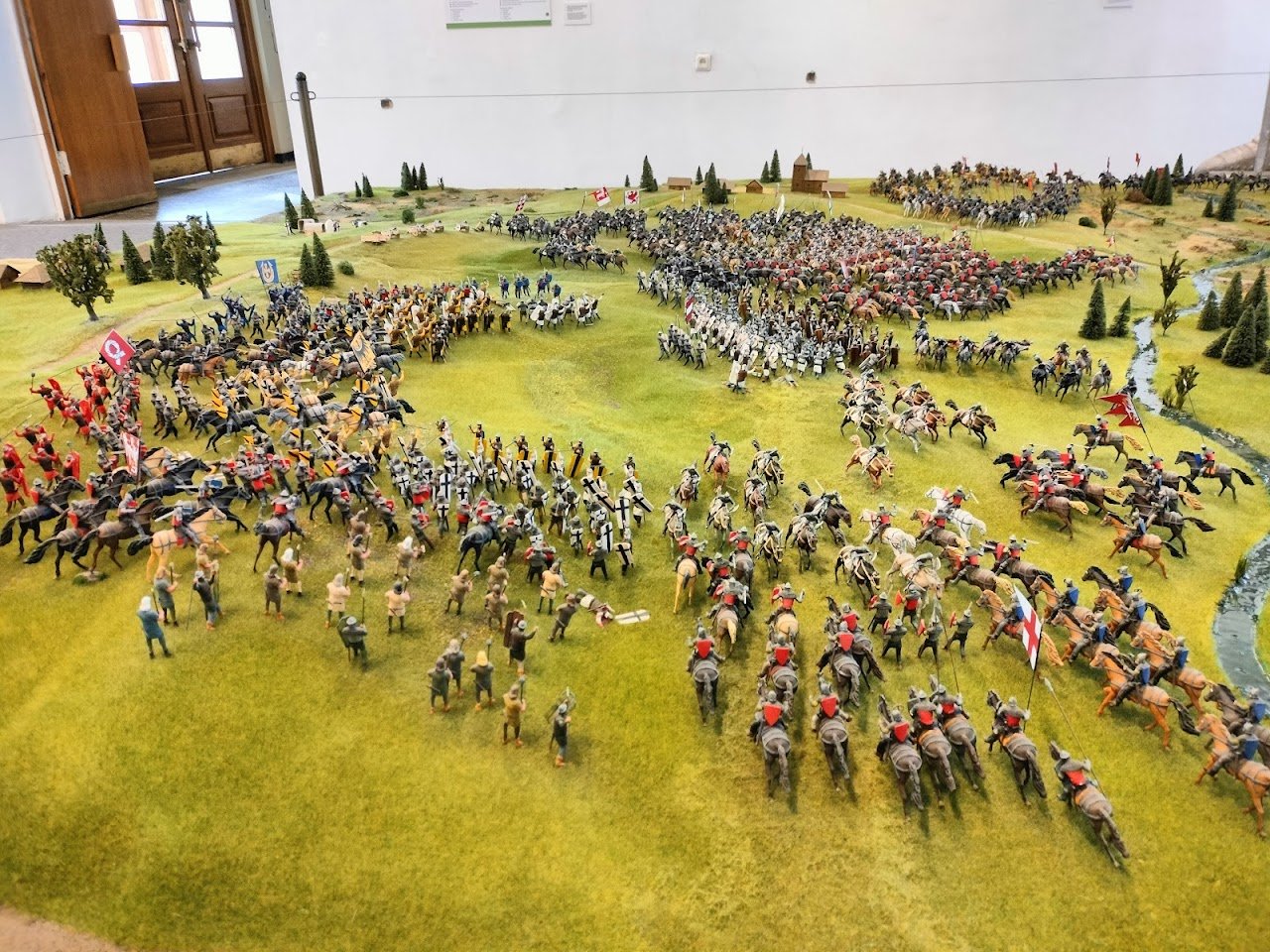
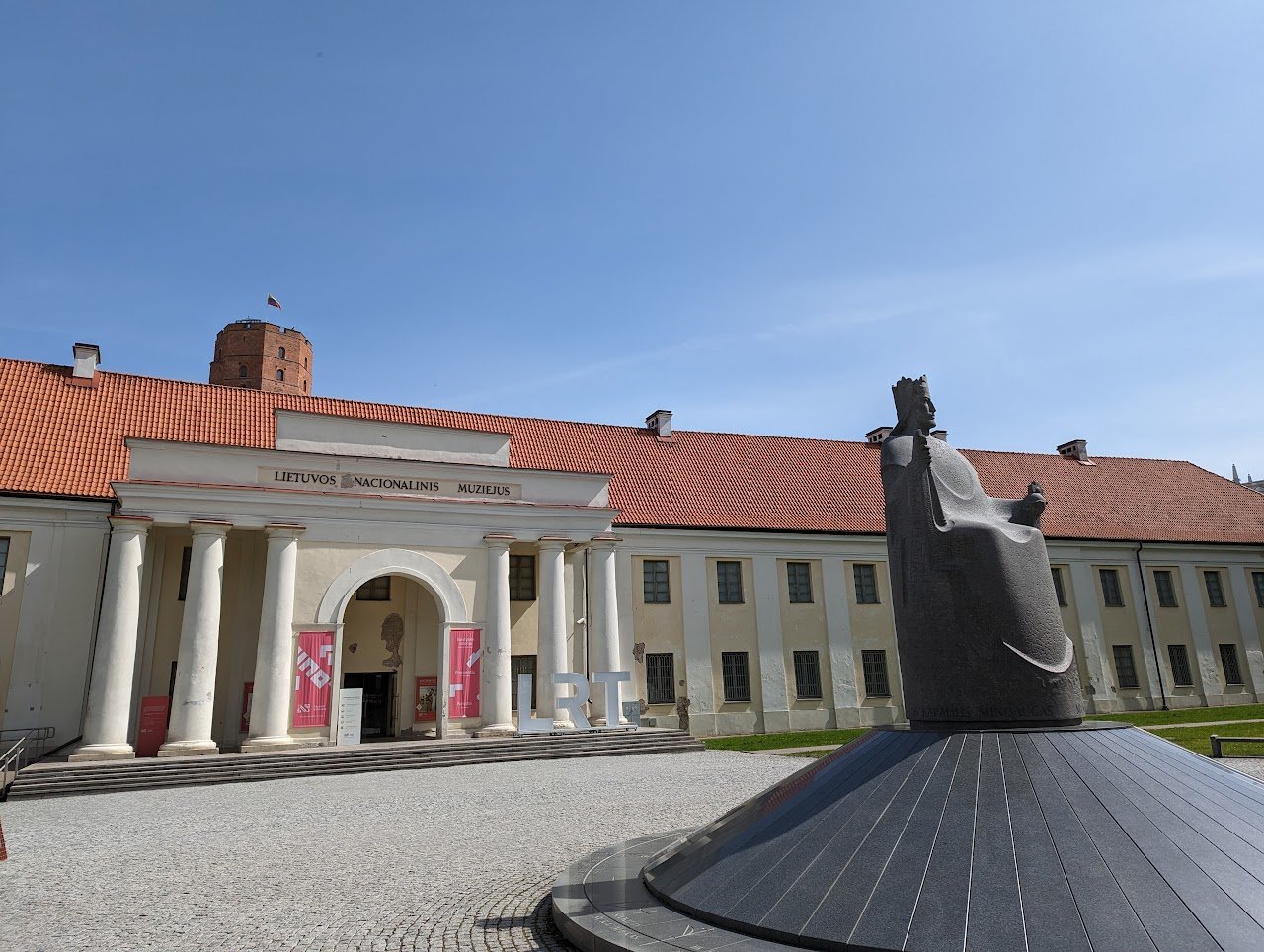
Ask ThatchGPT
Suggest a local expert to plan my trip
Suggest an unique itinerary for my Vilnius trip
What foods do Vilnius locals eat
What are some true hidden gems in Vilnius
Help me brainstorm trip ideas for Vilnius
Help me plan a family-friendly trip to Vilnius
What people say
Pedro Pereira
Available for hire
"The New Arsenal: Unveiling Lithuania's Past at the National Museum
Nestled within the Vilnius Castle Complex, the National Museum of Lithuania's New Arsenal stands as a captivating bridge between the past and present. Originally constructed in the 16th century, the building boasts a fascinating dual identity. It began its life as the private residence of Sigismund Augustus, the Grand Duke of Lithuania and King of Poland. Back then, it was known as the New Riverside Hall, reflecting its idyllic location near a tributary of the Vilnia River.
Centuries later, the building transitioned into a purposeful space for military storage. During the 18th century, the New Arsenal became a repository for the Lithuanian army's artillery. This function continued well into the 20th century, even amidst the turmoil of World War II.
Finally, in the 1960s, the New Arsenal found its current calling as a museum. The National Museum of Lithuania, established in 1952, took over the building and opened its doors to the public in 1968. Today, the New Arsenal serves as a vibrant museum space, showcasing Lithuania's rich and multifaceted history.
Stepping inside the New Arsenal, visitors embark on a captivating journey through time. Permanent exhibitions delve into the glorious past of the Grand Duchy of Lithuania, a powerful state that once dominated Eastern Europe. Explore displays that bring to life the rise and fall of this mighty empire, showcasing weaponry, clothing, and everyday objects used by its citizens.
The museum doesn't shy away from Lithuania's more challenging periods either. Exhibits explore the tumultuous 19th century, a time marked by revolution and struggle for independence. These displays offer a window into the resilience of the Lithuanian people during periods of political and social upheaval."
Read more in:
Emma Myrick
"The former Palace of the Grand Dukes focused on Lithuanian history and culture. Some of the rooms are restored to their former grandeur under the Grand Dukes. "
Mentioned in these guides
About The New Arsenal of National Museum of Lithuania
Get the inside scoop on The New Arsenal of National Museum of Lithuania from local experts, travel creators, and tastemakers. Browse genuine trip notes, The New Arsenal of National Museum of Lithuania reviews, photos, travel guides, and itineraries from real travelers and plan your trip with confidence.
Phone
Save this spot for later or start mapping out a new trip today
Try our AI Travel Assistant and get instant answers to any questions about your trip.
Ask ThatchGPT
